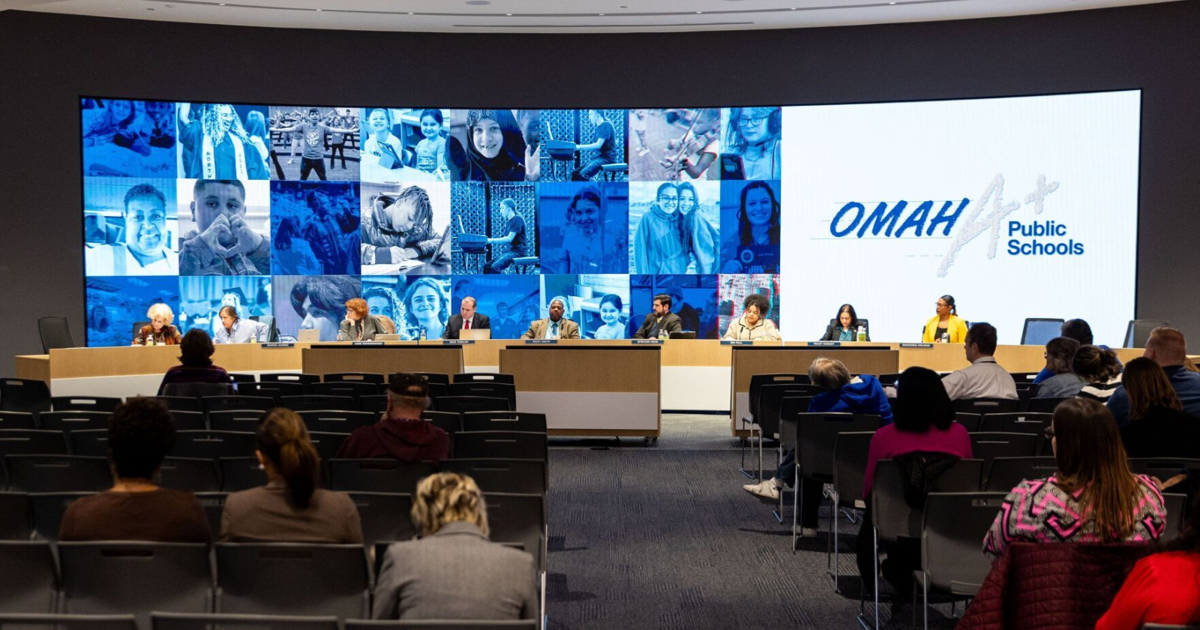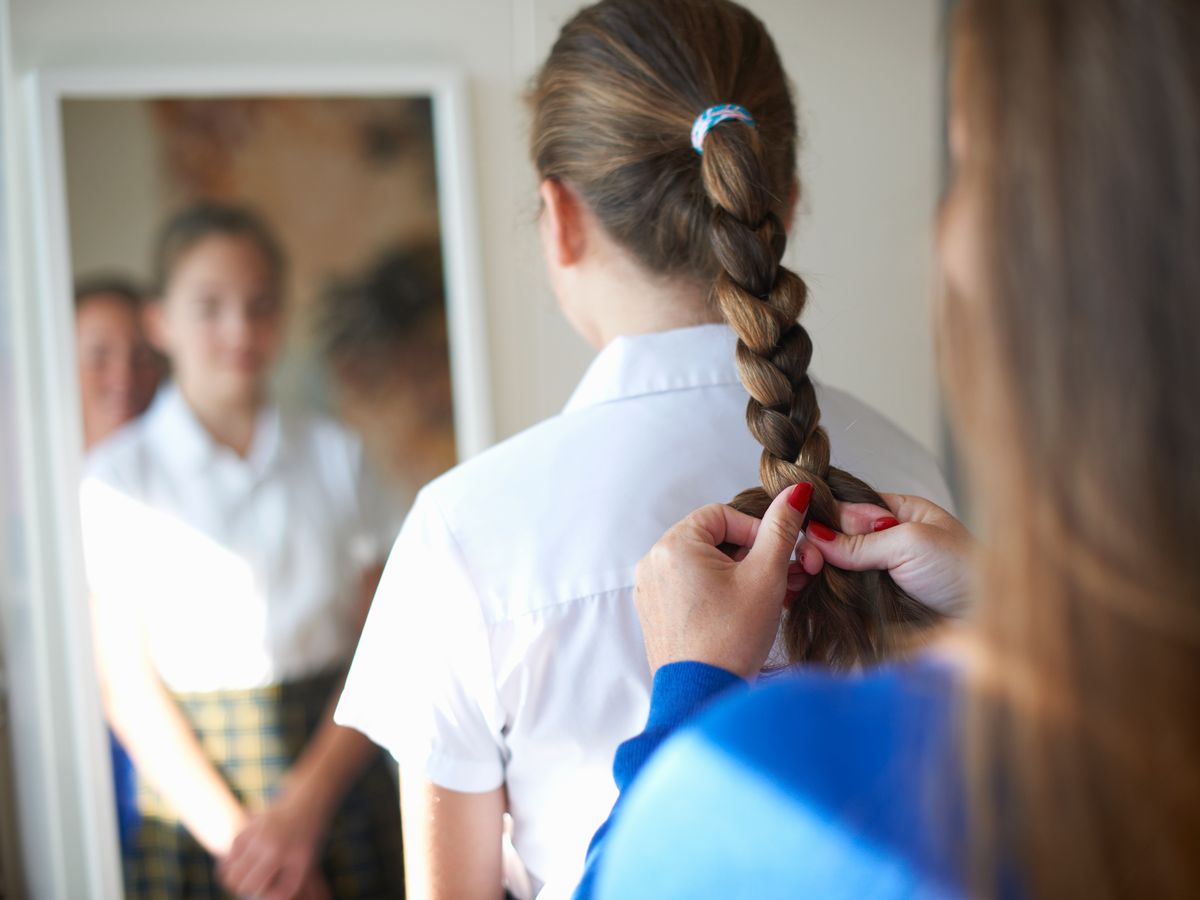
The Omaha school district has seen a decrease in serious behavior incidents, suspensions and expulsions, but newly released district data shows racial disparities continue.
Danielle Starkey, who presented the Omaha Public Schools’ behavior and discipline report for the 2024-25 school year at a board meeting Monday, said she believes the implementation of the district’s multi-tiered systems of support strategies for behavior framework and de-escalation training has helped drive decreases in behavior incidents and disciplinary measures.
Starkey is the district’s supervisor for MTSS-B, a framework that provides tiers of support for students depending on their needs.
The district saw a 2.9% decrease in referrals for student behavior incidents between the 2023-24 and 2024-25 school years, according to Starkey. Of those behavior referrals, the district saw the largest decreases for incidents involving a weapon, a 24% decrease, and assault with injury, an 18% decrease.
Referrals for fighting, both serious and less serious, saw an approximately 13% decrease.
Lisa Utterback, chief officer of student and community services for OPS, told members of the media Monday she is encouraged to see the decreases in behavior incidents. The district saw similar decreases in behavior incidents between the 2022-23 and 2023-2024 school years.
“Do we have a ways to go? Absolutely,” she said. “But when the data is showing that we’re moving in that right direction, then that reiterates to us and affirms that good work is happening.”
Short-term suspensions, suspensions for five days or fewer, decreased by 18% between the 2023-24 and 2024-25 school years, and long-term suspensions, suspensions for six to 19 days, decreased by 24%.
The amount of semester-long expulsions decreased by 18%, while the number of students given yearlong expulsions increased from two to four.
Students identifying as Black, American Indian or Alaskan Native or two or more races continue to be suspended at a disproportionate rate.
While Black students made up 23.13% of the student population during the 2024-25 school year, Black students made up nearly 45% of both in-school and out-of-school suspensions. Those rates are about the same as seen in the 2023-24 school year, Starkey said.
Utterback said the district looks at disproportionate suspensions when evaluating behavior data.
“The whole thing when it comes to behavior data is going further upstream and not saying what happened, but what is it that we can do to prevent these types of things from happening in the future? And it’s having those conversations, and the data drives those discussions,” she said.
While recent incidents at Central and Northwest High Schools have put school safety in the spotlight, Utterback said data shows that incidents are down so far this school year. However, she acknowledged that “any incident in a school can change the atmosphere for a day.”
Utterback said a thorough evaluation is done after serious incidents to evaluate what happened, what can be done differently in the future and “what do we need to do to make sure that learning can happen and people can get back to the business of teaching and learning?”
“The most important thing that we can do as a district when it comes to our safety measures is be consistent, and we do that,” she said.
Want to see more like this?
Get our local education coverage delivered directly to your inbox.
* I understand and agree that registration on or use of this site constitutes agreement to its user agreement and privacy policy.
Luna Stephens
News Reporter
Get email notifications on {{subject}} daily!
Your notification has been saved.
There was a problem saving your notification.
{{description}}
Email notifications are only sent once a day, and only if there are new matching items.
Followed notifications
Please log in to use this feature
Log In
Don’t have an account? Sign Up Today



